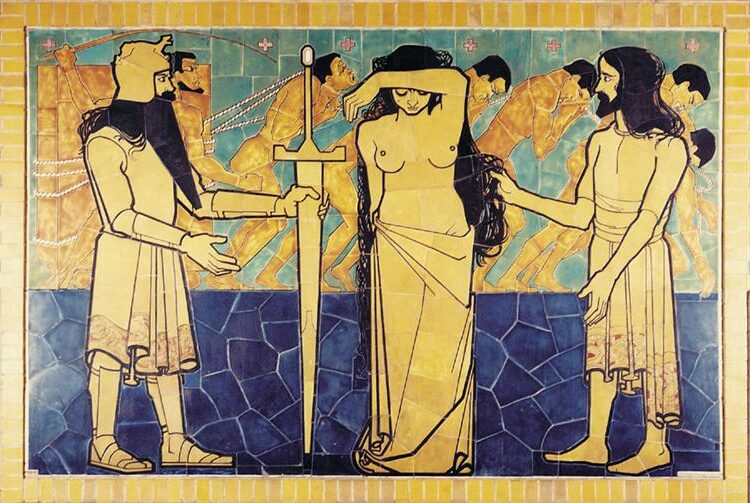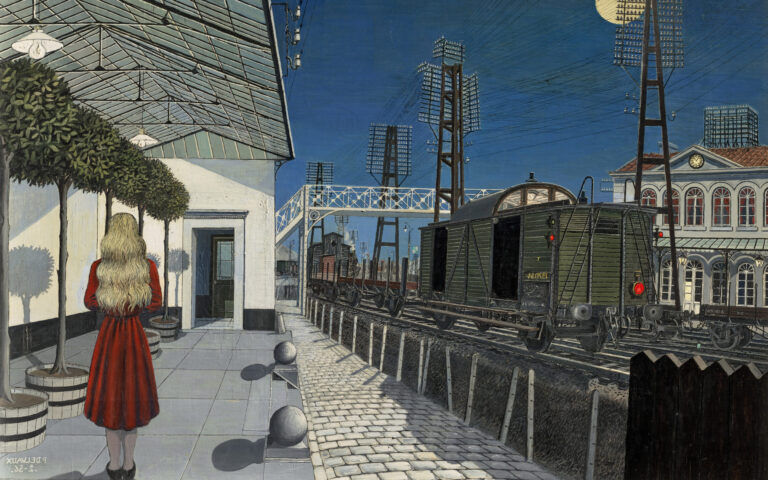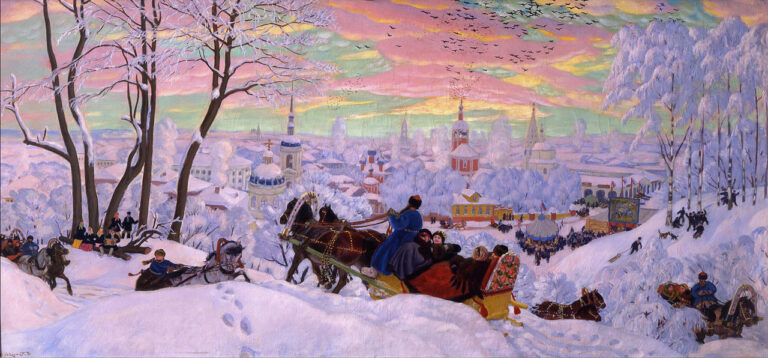N.C. Wyeth Paintings: Exploring the Legacy of an American Illustrator
Born: October 22, 1882, Massachusetts, U.S.
Death: October 19, 1945, Pennsylvania, U.S.
Art Movement: Realism, Romanticism
Nationality: American
Teacher: Howard Pyle
Institution: Massachusetts College of Art and Design,
N.C. Wyeth Paintings: Exploring the Legacy of an American Illustrator
Life and Career of N.C. Wyeth Paintings
N.C. Wyeth paintings was a renowned American illustrator and painter, known for his spectacular works in books and magazines. His journey as an artist began in Massachusetts, and his influence is felt through generations of artists in his family.
Early Life and Education
Newell Convers Wyeth was born on October 22, 1882, in Needham, Massachusetts.
Raised on a farm, his connection to nature and early exposure to rural life profoundly influenced his art.
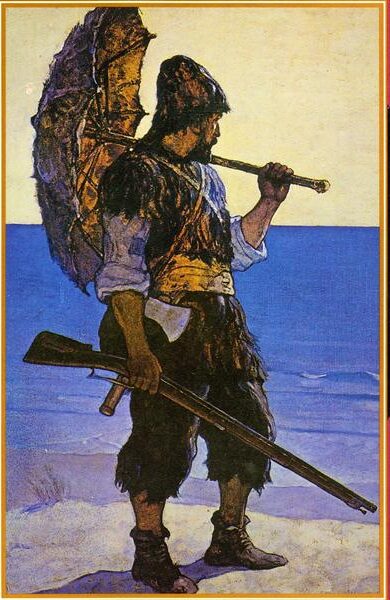
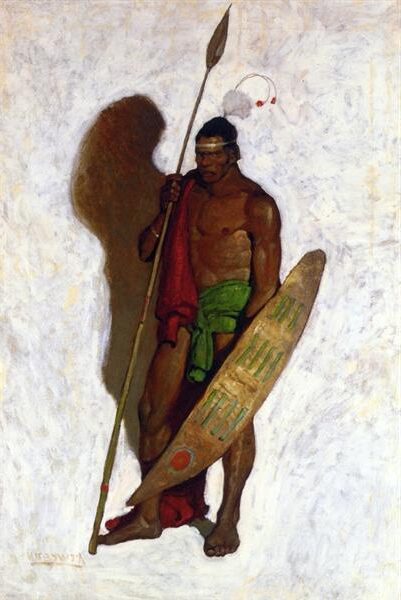
Wyeth attended the Massachusetts Normal Art School, now known as the Massachusetts College of Art and Design. He further honed his skills at the Eric Pape School of Art.
His defining education came under the tutelage of Howard Pyle, a pivotal figure in his artistic development. Under Pyle’s guidance, Wyeth mastered the art of illustration, laying the groundwork for his future success.
Rise to Prominence
N.C Wyeth paintings career took off when he gained acclaim as an illustrator. One of his most notable achievements was illustrating for Scribner’s Classics, including works like Treasure Island. His powerful, realistic images captivated readers and established his reputation.
Wyeth created over 3,000 paintings throughout his career, showcasing his remarkable versatility. Despite his success as an illustrator, he also pursued fine art, continually seeking new avenues for expression.
His style, combining realism with vibrant storytelling, brought numerous commissions, securing his place as a leading American illustrator.
N.C. Wyeth Paintings Legacy and Family
N.C. Wyeth painting legacy lives on through his art and his family. He spent much of his life in Chadds Ford, Pennsylvania, which became a hub of artistic creativity.
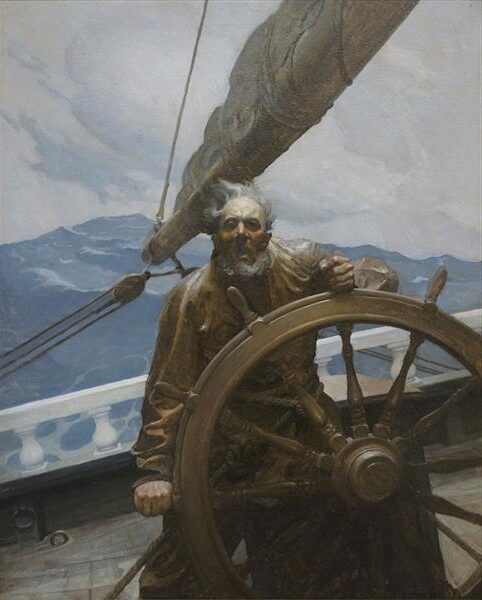
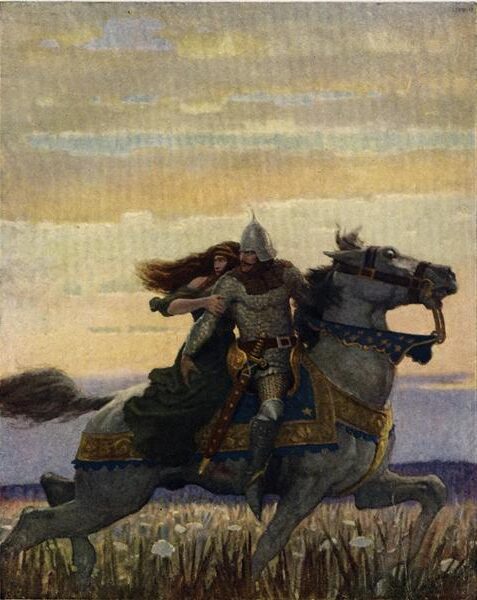
His children continued his artistic tradition, most notably his son Andrew Wyeth, a celebrated painter, and his grandson Jamie Wyeth, who also made significant contributions to American art.
N.C. Wyeth paintings influence extends beyond his lifetime, as his illustrations and paintings continue to inspire. His dedication to art and the success of his descendants solidify his lasting impact on American culture.
Masterpieces and Contributions
N.C. Wyeth paintings, a key figure in American art, made significant contributions through his diverse body of work. His illustrations for classic novels and his pieces in magazines and ads showcased his skill. His fine art further solidified his legacy.
Iconic Book Illustrations
Wyeth is best known for his Scribner Classics illustrations, especially for novels like Treasure Island and The Last of the Mohicans. His vibrant, lifelike depictions brought these stories to life.

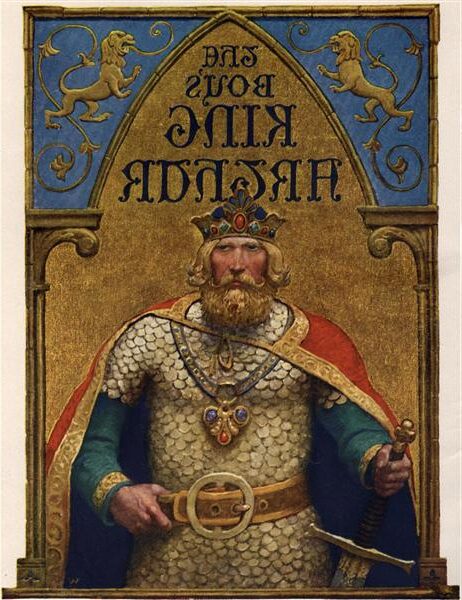
He produced over 3,000 paintings, with 112 of them used in books. These illustrations made him a pioneer in the field, merging detailed visuals with literary classics.
His work on Robinson Crusoe was also highly acclaimed, showcasing his ability to capture adventure and emotion.
Magazine and Advertising Art
Wyeth’s talent extended to magazine and advertising work as well. He contributed to The Saturday Evening Post, creating illustrations that resonated with a wide audience.
His work for brands like Coca-Cola and Lucky Strike further demonstrated his versatility. These pieces combined his artistic flair with commercial appeal, making him a sought-after illustrator.
His magazine and advertising art played a crucial role in popularizing products while showcasing his ability to transcend traditional art forms.
Fine Art and Private Collections
Beyond illustrations, Wyeth was a realist painter whose fine art works are celebrated in private collections and museums. His larger oils capture American life with dramatic lighting and vivid detail.
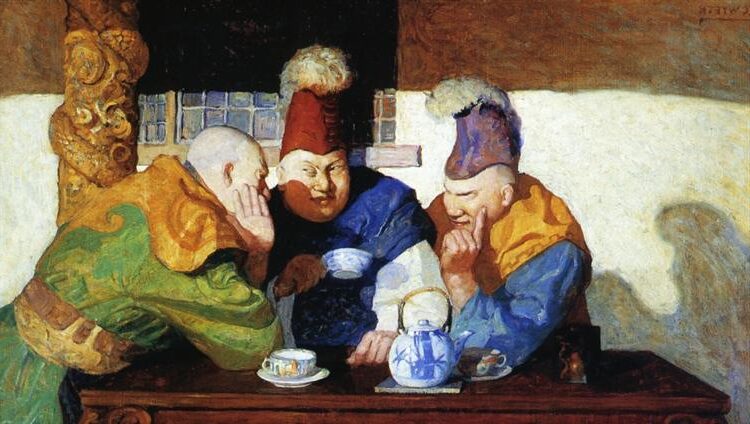
Unwrit Dogma (1917) by N.C. Wyeth
While he is often remembered for his commercial work, his fine paintings reveal his depth as an artist.
The 17-piece set exhibited in West Chester stands out as masterpieces, displaying his talent in a format appreciated by art enthusiasts and collectors alike. Wyeth’s fine art pieces are a testament to his versatility and mastery in different artistic expressions.
N.C. Wyeth Paintings Stylistic Evolution and Technique
N.C. Wyeth paintings, a renowned American illustrator, demonstrated significant stylistic evolution throughout his career. His technique was shaped by various influences and made a substantial impact on American realism.
Influence of Howard Pyle
Wyeth was profoundly influenced by Howard Pyle, one of America’s leading illustrators. Pyle’s mentorship was crucial in shaping Wyeth’s early career.
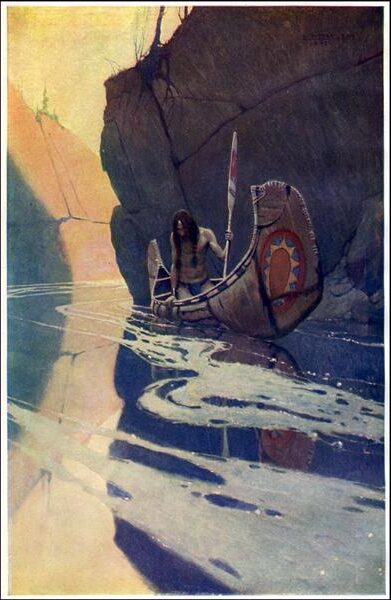
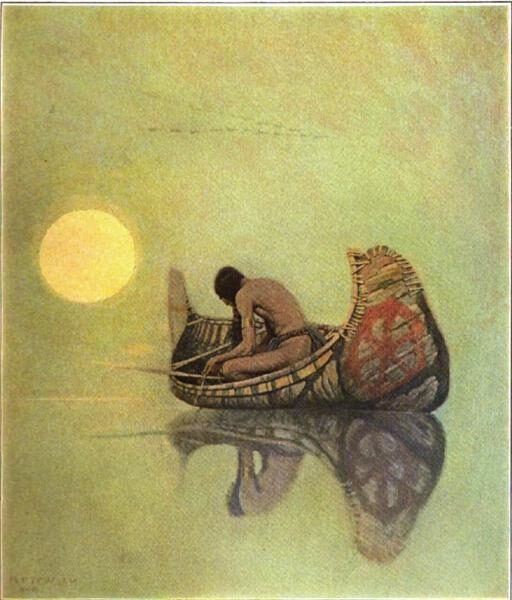
He learned the importance of narrative in illustration, which Pyle excelled at.
Pyle’s emphasis on drama and storytelling in visual art deeply affected Wyeth. This influence can be seen in Wyeth’s ability to capture vivid emotions and dynamic scenes, especially notable in his illustrations of historical events like the French and Indian Wars and the Revolutionary War.
Wyeth combined Pyle’s teachings with his own emerging style, blending detailed line work with atmospheric backgrounds.
Development as an American Illustrator
As Wyeth developed his technique, he became a prominent figure in American illustration. He started with magazine covers, with a breakthrough piece featuring a bucking bronco for The Saturday Evening Post in 1903.
His talent for illustrating action-packed scenes gained him recognition.
Wyeth’s use of bold colors and strong contrast created captivating images, whether depicting the Revolutionary War or the War of 1812. His paintings are characterized by vivid detail and a sense of movement, which brought historical periods to life for contemporary audiences.
N.C. Wyeth Paintings Contribution to American Realism
N.C. Wyeth paintings evolved into an important contribution to American realism. He strayed from the detailed precision of Pyle to embrace a looser, more expressive style.
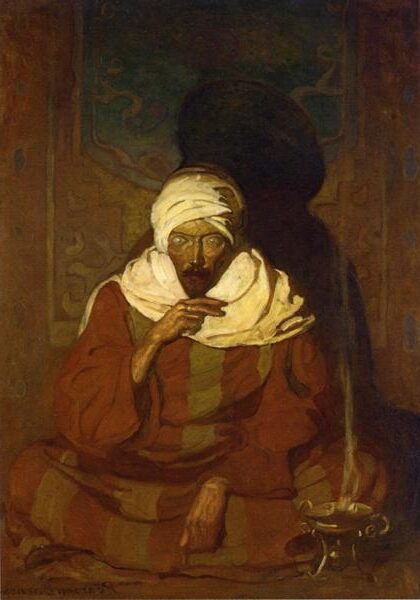

His works often portrayed emotions through softer lines and muted colors.
N.C. Wyeth paintings technique also shifted towards creating moody, atmospheric settings, particularly in his Civil War illustrations. Through this evolution, he left a lasting impact on American realism by introducing a deeper emotional depth and complexity to historical scenes, balancing realism with artistic expression. His creative approach continues to influence illustrators and painters today.
Cultural Impact and Recognition
N.C. Wyeth paintings and illustrations have significantly influenced both American culture and its artistic landscape. His work is celebrated not only for its artistry but also for its contributions to literature and recognition in the world of fine art.
Literary Contributions
N.C. Wyeth paintings have profoundly impacted classic literature. He is best known for his work with Scribner’s, where he created illustrations for 25 Scribner Classics. These illustrations brought stories to life, making them accessible and engaging for generations of readers.
His art in books such as “Treasure Island” and “Robin Hood” is considered iconic, adding depth and visual narrative to these beloved tales.
His work also supported Books for People with Print Disabilities, as the vivid imagery helped to convey stories beyond the text.
By transforming literary classics into visual experiences, Wyeth enhanced the reading experience for many, establishing his role in the history of illustrated books.
N.C. Wyeth Paintings Honors and Memorials
N.C. Wyeth’s legacy is celebrated across various prestigious institutions. His works are displayed in places like the Brandywine River Museum and the National Museum of American Illustration, where his influence on American art is showcased. These institutions help preserve his contribution to illustration and fine art.
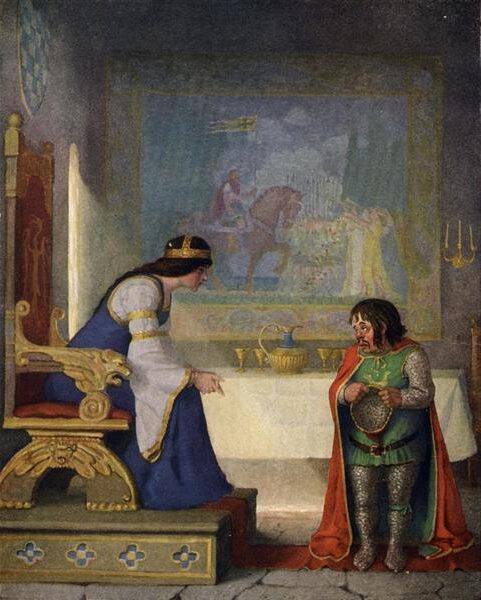
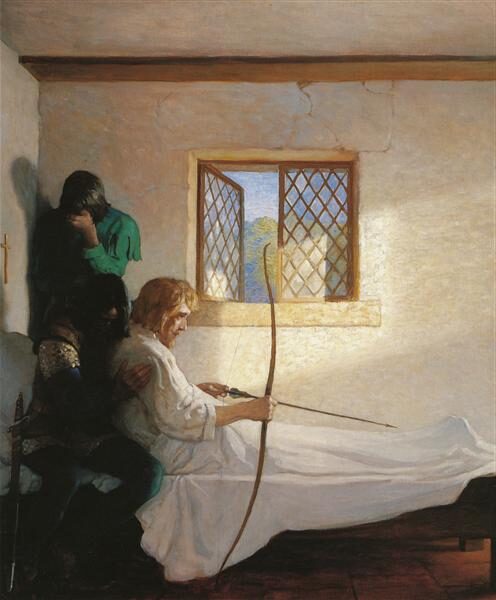
The Farnsworth Art Museum and the Delaware Art Museum also honor his legacy by exhibiting his works and recognizing his impact on cultural heritage.
Furthermore, his former home and studio are recognized as a National Historic Landmark, solidifying his lasting presence in art history. These tributes underscore Wyeth’s importance in American culture and his enduring influence on future generations.
Frequently Asked Questions
N.C. Wyeth is known for his vibrant illustrations, storytelling through art, and contributions to American painting. Themes, notable works, and his style have had lasting impacts on art history.
What themes are commonly depicted in N.C. Wyeth’s artwork?
N.C. Wyeth paintings often portrayed American landscapes and historical scenes. His interest in literature led to dynamic depictions of adventures and heroes.
By studying these themes, his works convey the essence of American culture and history vividly.
How has N.C. Wyeth contributed to American illustration and painting?
Wyeth was a premier illustrator in the early 20th century, shaping American visual storytelling. His work on novels like “Treasure Island” influenced both readers and illustrators, bridging fine art and commercial illustration.
Can you identify some notable works among N.C. Wyeth’s book illustrations?
Wyeth is celebrated for illustrations in classics such as “Treasure Island,” “Robin Hood,” and “The Last of the Mohicans.” These works are noted for their dramatic compositions and vivid storytelling, capturing the imaginations of many.
What are the distinguishing characteristics of N.C. Wyeth’s painting style?
N.C. Wyeth paintings style is marked by bold colors, strong composition, and a focus on narrative. Wyeth’s attention to detail and ability to capture movement give life to his scenes, making them engaging and memorable to audiences.
Which museums house significant collections of N.C. Wyeth’s paintings?
The Brandywine River Museum of Art in Pennsylvania holds a large collection of Wyeth paintings work. Other significant pieces can be found in the Boston Museum of Fine Arts and various galleries across the United States.
How do art historians evaluate the influence of N.C. Wyeth’s work on subsequent generations of artists?
Historians regard N.C. Wyeth paintings as a pivotal figure in American illustration. His approach to storytelling and vivid use of imagery have influenced artists like his son, Andrew Wyeth. They continue to inspire new generations in illustration and painting.



